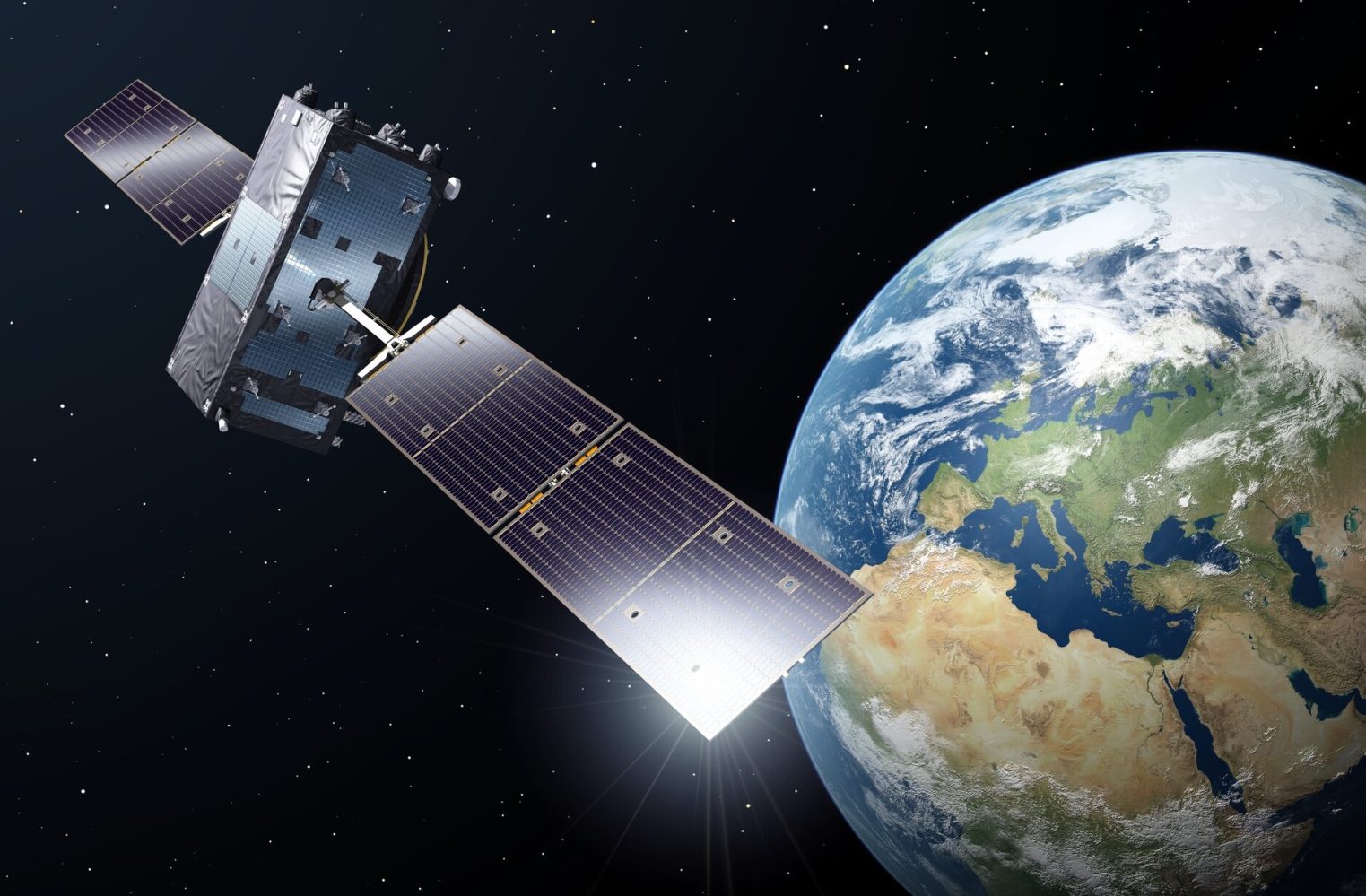
The European Union (EU) has announced the operational launch of the High Accuracy Service (HAS) positioning system from its Galileo global navigation satellite platform – a location-fixing application that becomes available free of charge to myriad users worldwide, including drone operators.
In announcing the start of HAS functionality from Galileo, EU officials said the service will provide users around the world with significantly enhanced precise point positioning data over existing systems, and entirely free of charge to boot. European Commissioner for Internal Markets, Thierry Breton, hailed the rollout as providing locational information that has become vital to people and businesses on a daily basis, and “feeding a prosperous market for innovative applications – from farming to drone navigation and autonomous driving.”
Introduced to the public after a period of testing, the EU’s HAS improves the accuracy of Galileo’s positioning performance to better than 20 centimeters in horizontal domain, and 40 centimeters vertically in nominal conditions of use. That data is beamed to connected tech around the world through the satellite’s E6-B spatial signal and via the internet.
Read: European Union adopts Drone Strategy 2.0 to accelerate UAV use
With the testing of HAS that began in 2019 now terminated, the executive director of the EU’s Agency for the Space Programme (EUSPA), Rodrigo da Costa, said the highly accurate positional feeds from the Galileo system become available for safety road technologies, drone navigation, and location applications used in agriculture, rail, aviation, maritime, space, consumer solutions, and geomatics across the globe.
“Galileo HAS will become the pillar of many EU sectorial policies,” da Costa said. “Currently, high accuracy is primarily used in such professional applications as surveying, precision agriculture, and civil engineering, amongst others. However, new and emerging applications, including autonomous driving, unmanned vehicles, robotics, and a range of location-based services will all welcome high accuracy.”
An additional feature of Galileo’s HAS service is the EU’s inclusion of Open Service Navigation Message Authentication, which is designed to prevent hackers from working to falsify positioning data.
“The Galileo High Accuracy Service offers new levels of accuracy to everyone who needs it, while the Open Service Navigation Message Authentication allows users to authenticate Galileo signals, and therefore supports spoofing detection,” said European Space Agency (ESA) director of navigation Javier Benedicto. “ESA‘s role is to oversee Galileo system upgrades, working together with Galileo’s service provider, EUSPA, and its owner, the European Union.”
FTC: We use income earning auto affiliate links. More.



Comments